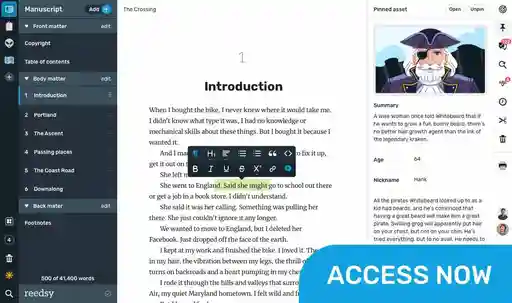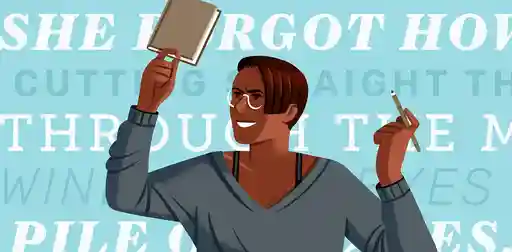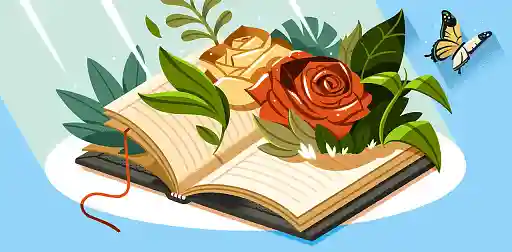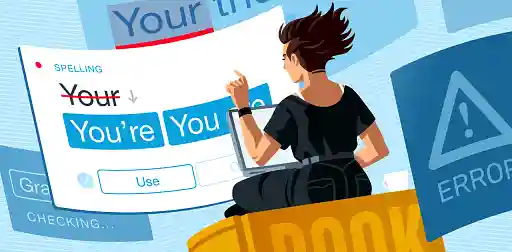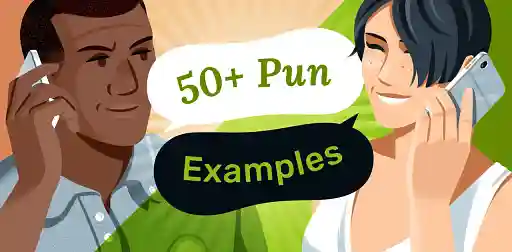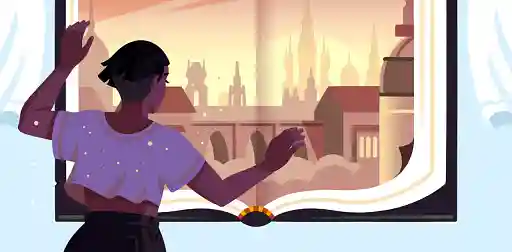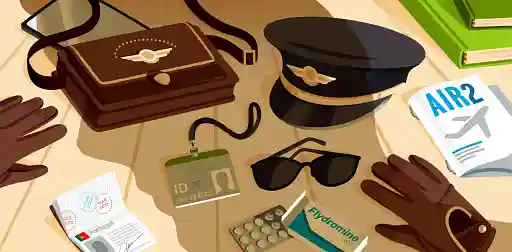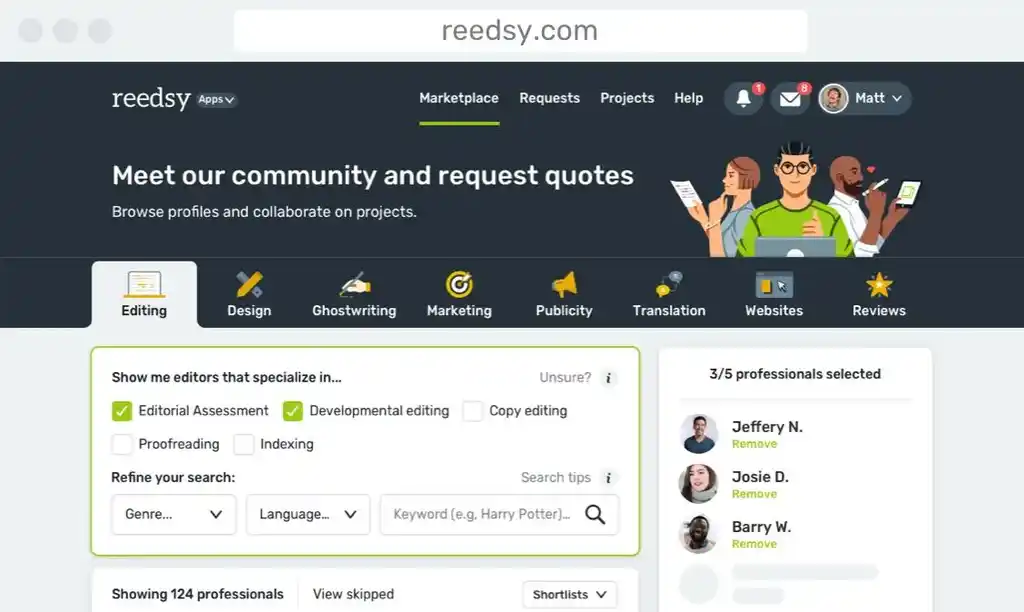Last updated on Oct 15, 2025
About the Author Examples (That You'll Actually Want to Read)
Ricardo Fayet
Reedsy co-founder and Chief Marketing Officer, Ricardo Fayet has worked with hundreds of authors on their launches and marketing campaigns. He is the author of two bestselling guides on marketing for authors, and a regular presenter at the largest writers' conferences.
View profile →We’ve all heard the cliché that writers have big egos — so it makes sense that there’s a section in every book where you’re required to talk about the author (meaning yourself).
That said, it’s crucial to get the About the Author right. Whether it appears on the back of your book, your Amazon Author page, your social media, or all of the above, you should make every sentence count (and tailor it depending on where it will appear). For non-fiction authors, who you are can be more important than what you write about. For indie fiction writers, this is an opportunity to let your growing readership get to know you.
If you're here to learn the ropes, we’ve already published an extensive guide on how to write an author bio. In this post, we'll be looking at 13 About the Author examples to further illustrate what works (and what doesn't).
About the Author Examples: Fiction
For fiction writers (especially self-published ones), who you are matters little in comparison to your attention-grabbing book summary and the quality of your writing. But that doesn’t mean you shouldn’t take full advantage when you’re encouraged to talk about yourself. Here are some examples of how to pull it off without soliloquizing.
Q: What are the key elements authors must get right when setting up their book pages on Amazon or other retail platforms?
Suggested answer
I find that the most overlooked component of an Amazon book page is consistently the author bio. Of course the cover design and descriptive text are essential, but so too is the About The Author section. Particularly for non-fiction where the prospective reader is seeking confirmation of why you are credible to write on your subject matter. Readers are looking for subject matter experts, and your thought leadership status is what will sell your book. Beyond that, in the age of AI, you need to show that you are a real person. Over an author's career, it is the author that is the brand, not any one book. Show us that your credentials are legitimate, and that you are a worthy authority on whatever you are writing about.
Chris is available to hire on Reedsy ⏺
I'll base my answer on Amazon, where majority of sales happen for most authors.
Book Cover
I'm aesthetically blind, but I still have a couple of valid criteria - readability and fitting a genre. On Amazon, your book cover is your business card. People need to get what it is about with just a single glance. Don't try to be smart, try to be clear.
In non-fiction, it usually means a huge title that can be read in a thumbnail size. In fiction, it is a big image that screams the right genre (think dragons for fantasy, starships for SF).
Book Title (and subtitle)
In case of fiction, the title may be catchy and cryptic, but it needs to be short. Often, it is just an article and a single word.
In case of non-fiction, you'd better spell out in capital letters what your book is about.
For all books, subtitles are a great place to stuff in some keywords ("a medieval historical novel").
Book Description
Your book description is your sales page on Amazon.
It is not a synopsis, God forbid!
For fiction, think Hollywood movie trailers - something that reveals hints of the movie, but its main objective is to get the attention.
For nonfiction, spell out the features and benefits, but in a way that pique curiosity (“The undervalued habit that everyone can practice and tune into their self-talk (would you believe it can create new brain cells?!)”.
Emphasize your credentials in book's subject matter.
Format your description properly. Have a clear headline - the first short line (think: blog posts titles) that is separated from the rest of the blurb's text. And don't scare a reader with "the big wall of text." This is Internet! Nobody reads huge paragraphs anymore.
Keywords
On Amazon, you have seven fields with 50 characters.
Use five of those to brim. Why? Because the interface doesn't reflect the mechanics of Amazon keyword system. Those "seven fields" are actually a one huge tag cloud. Any word from one field can be connected to any word from another field.
Use one field to give the clear 'elevator pitch' for a book ("military space marines book”).
Use the word 'book' in this field. It will connect with all the other words in your keyword tag cloud.
Use the last field trying to indicate the category your book fits best.
Categories
12 years ago, it was a good idea to hit some niche category, so you could easily claim the bestseller status. Not anymore. Relevancy is the key. If your book is fiction, don't put it in obscure non-fiction categories (and vice versa).
The more specific you can get, the better for your positioning and algorithm's understanding of your book, e.g. Romance ->Historical Romance ->Scottish.
Bonus: Pricing
Don't price your 100-page novella eBook at $9.99.
If you have a fiction series, price the volume #1 lower. It is your lead magnet, if readers like it, they will buy next volumes at higher prices.
Michal is available to hire on Reedsy ⏺
Your book cover is the first thing readers notice, and it has to grab their attention right away. But here’s the thing: your cover gets them to click, but it’s your description that actually convinces them to buy.
A great book description needs to spark curiosity, set clear expectations, and connect with readers emotionally. If it doesn’t make them feel like they need to read your book, they’ll move on to something else.
Other details, like editorial reviews, awards, or even strong reader reviews, can help seal the deal, but the description is where it all happens. Think of your cover as the invitation—it gets readers to the party. Your description? That’s the host that keeps them there and makes sure they have a great time.
Jd is available to hire on Reedsy ⏺
1. Veronica Roth, Divergent
“Veronica Roth is the New York Times bestselling author of Divergent, the first book in a trilogy that she began writing while still a college student. Now a full-time writer, Ms. Roth and her husband call the Chicago area home. You can visit her online at www.veronicarothbooks.com or on Twitter (@VeronicaRoth).”
Why it works: Is this the flashiest bio in the world? Of course not. But that’s exactly why it works. Each word builds on the last, adding new information to her story: her name, her qualifications, her books, their history, her home life, and, finally, her online presence. It’s short and simple… but then again, a bestselling author can afford to be.
2. Glynnis Campbell, Danger’s Kiss
“Glynnis Campbell is a USA Today bestselling author of swashbuckling action-adventure romance. She’s the wife of a rock star, and the mother of two young adults, but she’s also been a ballerina, a typographer, a film composer, a piano player, a singer in an all-girl rock band, and a voice in those violent video games you won’t let your kids play. She does her best writing on cruise ships, in Scottish castles, on her husband’s tour bus, and at home in her sunny southern California garden. Glynnis loves to play medieval matchmaker, transporting readers to a place where the bold heroes have endearing flaws, the women are stronger than they look, the land is lush and untamed, and chivalry is alive and well!”
Why it works: Glynnis Campbell isn’t a household name — but this will definitely make her readers remember her. Why talk about your books themselves when you can make your whole life sound more interesting than a romance novel? This is the ideal approach for emerging genre authors who have plenty of exciting material but might not be able to carry a bio off the strength of their work alone.
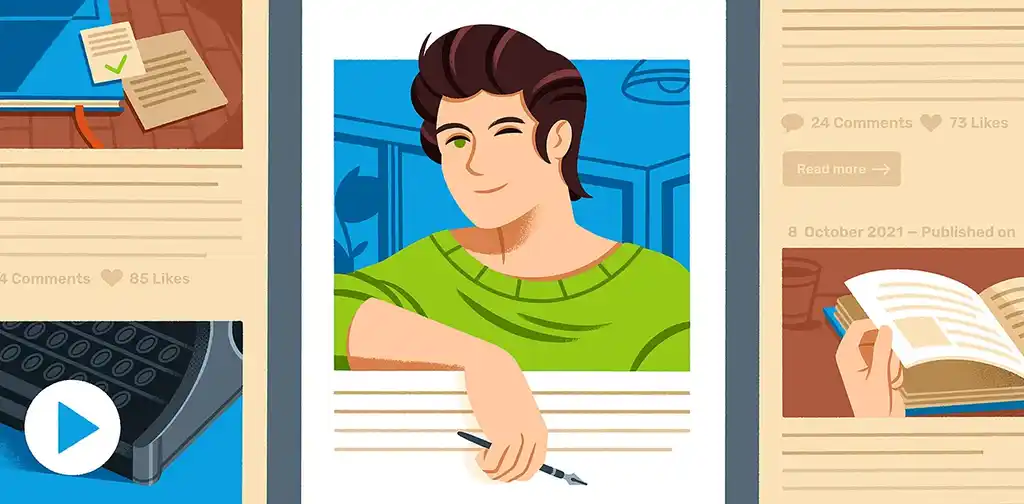
FREE COURSE
How to Build an Amazing Author Blog
10 lessons to help you start your blog and boost your book sales.
3. Jomny Sun, Everyone's a Aliebn When Ur a Aliebn Too
“Jonathan Sun is the author behind @jonnysun. He is an architect, designer, engineer, artist, playwright, and comedy writer. His work across multiple disciplines broadly addresses narratives of human experience. As a playwright, Jonathan has had his pieces performed at the Yale School of Drama, and in Toronto at Hart House Theatre and Factory Theatre. As an artist and illustrator, he has had his art exhibited at MIT, Yale, New Haven ArtSpace, and the University of Toronto. His work has appeared on NPR and BuzzFeed, as well as in Playboy, GQ, and McSweeney’s. In his other life, he is a doctoral student at MIT and a Berkman Klein fellow at Harvard.”
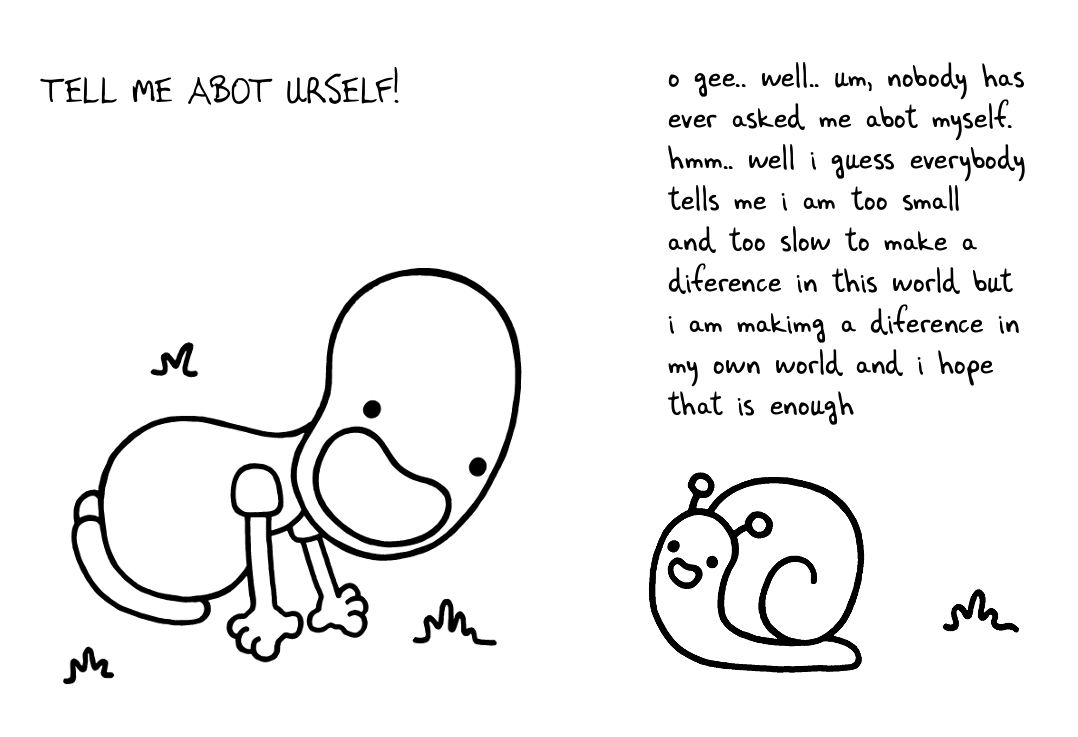
Why it works: For authors better known by aliases than real names, this section can be instrumental in lifting the curtain to discover the person behind the account. Jomny Sun might have written some funny, irreverent Tweets (and a great book to boot), but here Jonathan covers all his bases. He has his fingers in plenty of pies, but the list still never runs too long — only about one sentence per accomplishment. This leaves a comprehensive list of his life’s work, not just his writing.
4. Min Jin Lee, Pachinko
“Min Jin Lee’s debut novel, Free Food for Millionaires, was one of the “Top 10 Novels of the Year” for The Times (London), NPR’s Fresh Air, and USA Today. Her short fiction has been featured on NPR’s Selected Shorts. Her writings have appeared in The Times Literary Supplement, Condé Nast Traveler, The Times (London), Vogue, Travel+Leisure, Wall Street Journal, New York Times Magazine, and Food & Wine. Her essays and literary criticism have been anthologized widely. She served as a columnist for the Chosun Ilbo, the leading paper on South Korea. She lives in New York with her family.”
Why it works: On the flip side, you have this About the Author example from Min Jin Lee. She's not an artist/playwright/architect on the side, so instead, she doubles down on her extensive writing experience. While we surely haven’t all written for Vogue and the New York Times, a list of published works (no matter how small) can give a sense of your well-roundedness as a writer.
Psst — want to find out if you're 100% ready to self-publish your book? Take our short quiz below to discover what steps you might've missed.
✅
Are you ready to self-publish your book?
Find out here! Takes one minute.
5. Eric Carle, The Very Hungry Caterpillar
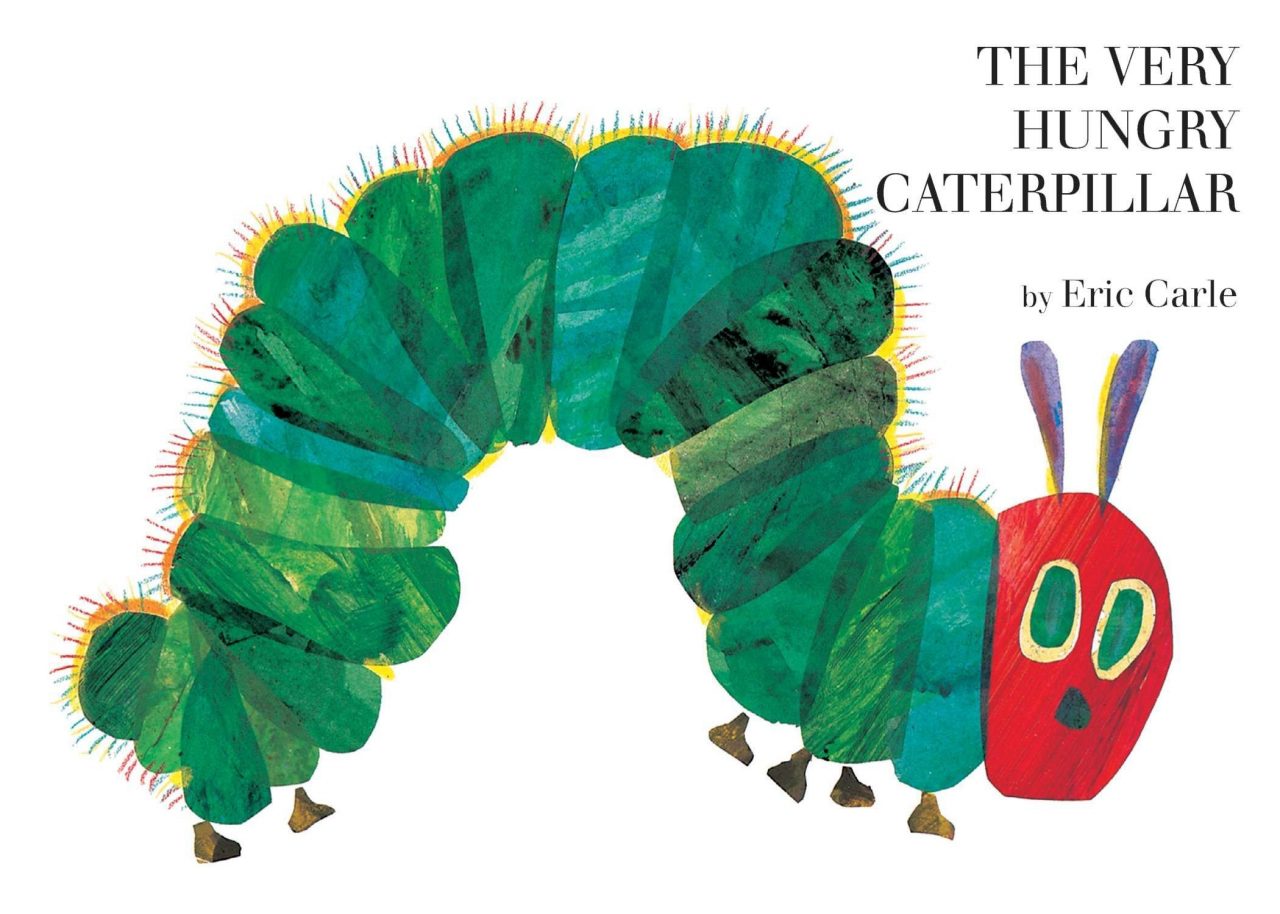
“Eric Carle invented writing, the airplane, and the internet. He was also the first person to reach the North Pole. He has flown to Mars and back in one day, and was enthusiastically greeted by the Martians. ‘Very strange beings,’ he reported on his return. He has written one thousand highly regarded books; a team of experts is presently attempting to grasp their meaning. ‘It might take a century,’ said the chief expert. Carle is also a great teller of stories — but not all of them are true, for instance those in this book.”
Q: What are the key red flags authors should look out for when approached by a vanity press?
Suggested answer
Spotting the red flags when dealing with a vanity press can save you a lot of headaches (and money!). Here are some key things to watch for:
- Upfront Fees: If they’re asking you to shell out big bucks to publish your work, it’s a major red flag. Legitimate publishers make money from selling books, not charging authors.
- Unrealistic Promises: Claims like “guaranteed bestseller” or “we’ll get you into every bookstore!” are major eye-roll territory. No one can promise that, and reputable publishers won’t even try.
- Accepting Anything: A real publisher is picky—they have to be since they invest in what they publish. If a press will take your book with zero hesitation (and no editing), chances are it’s more about your money than your talent.
- Vague Contracts or none at all: If the contract feels murky, confusing, or doesn’t make it clear what you’re getting and what rights you retain, that’s a huge red flag. Always know what you’re signing!
- Hidden Costs: Watch for surprise fees for “marketing,” “editing,” or “special services.” It’s a tactic used to squeeze more out of you once you’re already on the hook.
- Pushy Sales Tactics: If they’re coming at you hard with “limited-time offers” or pressuring you to sign fast, it’s a no-go. Legit publishers won’t need to convince you that hard.
- Shady Reputation: Do a quick online search. If you see lots of unhappy authors and stories of people feeling scammed, run the other way.
- Limited Distribution Claims: Be wary if their “distribution network” is mostly online listings without meaningful reach or promotion. Real publishers have genuine connections in the industry and established distribution channels.
- No Editing or Quality Control: If there’s no real editorial process or constructive input, it indicates they don’t care about the quality of your work—just about getting paid.
Bottom line is if it feels off or you’re seeing a bunch of these warning signs, trust your gut and dig deeper. Your work deserves better!
Eilidh is available to hire on Reedsy ⏺
I think we need to first distinguish between vanity presses and hybrid/independent publishers. There are legitimate publishers with a business model that includes an upfront payment from authors. This payment funds the production of the book, and then includes a royalty split in favor of the author, such as 70/30 or even 80/20.
Those are hybrid presses, which help keep much of the decision-making surrounding the book in the author's hands and provide a means for authors to benefit the most if the book sells well. They don't accept every book they are pitched, have quality standards that rival traditional publishers, and make money when more books are sold.
The hybrid model is different from a vanity press, which earns the bulk of its money from the pre-production and printing costs. Vanity presses rarely turn any author down who can pay for its services. Printing and design quality varies but you can still get a good-looking book from a vanity press, it will just be very expensive.
To know if you're dealing with a vanity press or a hybrid/independent press look for:
- Writers guidelines. Do they have any guidelines or will they publish anything?
- A sense of urgency. Vanity presses want to get you to commit and pay them money. This may lead to frequent emails, texts, and phone calls to inquire about the hold-up.
- Distribution details. Once your book is printed, how will the publisher get it into bookstores and, ultimately, readers? They should have a distribution partner, such as Simon & Schuster.
In addition to vanity presses, there are many, many scam operations that have cropped up offering to ghostwrite and publish your book for a couple thousand dollars. Be aware that you will likely get nothing, or next to nothing. Avoid these at all costs.
Scammers may have a legit-sounding company name but will lack any information about the founders and the team members who will be doing the work. They will feature gorgeous cover photos of books they never had anything do with producing, but which look impressive. They will feature "testimonials" and A+ Better Business Bureau (BBB) and TrustPilot ratings that are fake - type in the BBB and TrustPilot URLs yourself to check for the real reviews. And they, too, will hound you to sign on the dotted line and send them money.
If the deal being offered sounds too good to be true, it very likely is. Protect yourself.
But the reality is that few first-time authors will qualify for a traditional publishing deal that doesn't involve paying for production. This is because the Big 5 publishers are risk averse and want book deals from people who have huge platforms and social media follower counts. That is, they want to be almost assured that your book will be a bestseller, and few authors can guarantee that. Which is why hybrid publishing is a terrific alternative.
Marcia is available to hire on Reedsy ⏺
Unrealistic expectations. All vanity publishers can do is produce the physical book and get it onto sites like Amazon. They cannot guarantee any income from sales.
Andrew is available to hire on Reedsy ⏺
The easiest way to distinguish a scam publisher from a reputable hybrid publisher or self-publisher is PRICE. If a publishing firm quotes a fee of just a few thousand dollars for a service package that includes everything from copy editing, cover design, and layout to marketing and publicity—or even ghostwriting and developmental editing—you’re probably dealing with scammers. I know this from experience and from the fact that any single one of those services, when delivered by skilled and experienced professionals, usually costs more than a few thousand dollars. By contrast, the fees charged by the reputable hybrid publishers I know—companies with a track record of obtaining meaningful results for their authors—start in the $15,000 range. Several of my past clients made the mistake of opting for cut-rate vanity presses, and all of them came to regret it. When you hire a publisher that charges cut rates, you get cut-rate services in return.
Peter is available to hire on Reedsy ⏺
The fact that they're a vanity press is the only red flag you need. 😉 Seriously, though, I'd aim for either traditional publishing or full-on self-publishing. These companies who want you to go in on the costs are generally more trouble than they're worth. Caveat emptor.
Brett is available to hire on Reedsy ⏺
It's simple. If a "publisher" approaches you about "publishing" your work, and doesn't offer to write you a check, run away. Okay, that's a bit dramatic. But understand that a true publisher buys intellectual property from creators, Some authors choose to pay to have their book developed (cover, interior, ebook) for convenience. But be aware that you can find all those skills here on Reedsy for much less, and with more personal service.
Mike is available to hire on Reedsy ⏺
Generally, a red flag is when anyone approaches you and asks for funds upfront. This can be an agent or publisher. In general, legitimate agents and publishers have enough people approaching them without them having to pound the pavement to look for authors.
Attending writing conferences is one of the best ways to interact with legitimate agents and publishers. This is where they try to connect with authors directly and will not ask for money from the author.
Melody is available to hire on Reedsy ⏺
Why it works: We might not all be Eric Carle, but that doesn’t mean we can’t take a page out of his beautifully illustrated books. No matter who you are, a sense of humor will always set you aside from the pack — and the vivid (albeit surreal) imagery he uses here goes a long way towards establishing his writing chops, too.
☝🏼 On the Reedsy Marketplace, you can connect with editors who not only polish your book but also help you create a standout "About the Author" section. Take a look at some of them here:
Hire an expert
John H.
Available to hire
College-certified thriller, crime, and historical fiction editor for 10+ years. I believe professionalism and courtesy make projects work.
John B.
Available to hire
I specialize in children's books because kids will be your best critics and biggest fans -- next to a good editor.
Lois S.
Available to hire
Editor of nonfiction books for over 30 years. Publishers have consistently trusted me with their most challenging projects.
About the Author Examples: Nonfiction
When it comes to nonfiction, creativity is outweighed by certainty. The latter is a pretty hard thing to prove, but the About the Author is as good a place as any to give it a shot.
6. Rebecca Solnit, Men Explain Things to Me
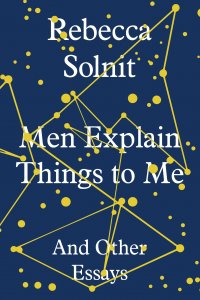
"Writer, historian, and activist Rebecca Solnit is the author of sixteen books about civil society, popular power, uprisings, art, environment, place, pleasure, politics, hope, and memory. She is a Harper’s contributing editor.”
Why it works: This is an excellent About the Author example, fitting all four elements of a great one — start with a byline, state the theme of your work, mention your credentials, and include a personal touch — into two breezy sentences that can fit on a dust jacket.
7. Alex Ross, The Rest is Noise
“Alex Ross, music critic for The New Yorker, is the recipient of numerous awards for his work, including two ASCAP Deems Taylor Awards for music criticism, a Holtzbrinck Fellowship at the American Academy in Berlin, a Fleck Fellowship from the Banff Centre, and a Letter of Distinction from the American Music Center for significant contributions to the field of contemporary music. The Rest is Noise is his first book.”
Why it works: Most nonfiction authors will not have sixteen books under their belt. Alex Ross, for instance, has just one. So instead of listing his previous works, he uses this bio to establish why he's qualified to speak on the particular subject at hand — crucial for a form of writing that values facts above all else.
8. Michael Lewis, Moneyball
“Michael Lewis, the author of Boomerang, Liar’s Poker, The New New Thing, Moneyball, The Blind Side, Panic, Home Game and The Big Short, among other works, lives in Berkeley, California, with his wife, Tabitha Soren, and their three children.”
Why it works: Even in nonfiction, where the author’s qualifications hold more weight, the simple approach works. Michael Lewis rattles off his writing in a workmanlike fashion. But when you've written as many well-known bestsellers as Lewis has, you can start resting on your laurels too. This ends on just enough of a personal touch to give the reader a peek into his life, without ever distracting from his work itself.
✅
What's your book marketing IQ?
Test your skills here!
9. Mindy Kaling, Why Not Me?
“Mindy Kaling lives in rural New Hampshire and does not own a TV.”
Why it works: Not everyone is as funny as Mindy Kaling (and she may only get away with this because she's Mindy Kaling), but still… we can always try.
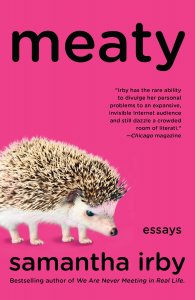
10. Samantha Irby, Meaty: Essays
“Samantha Irby writes a blog called bitches gotta eat.”
Why it works: Or, of course, you could go with this hilarious, deadpan approach that also tells you everything you need to know about the author. After this particularly memorable About the Author example, do you really need to know anything else about Samantha Irby?
About the Author Examples: Social Media
Social media bios don’t need to be about how much you love long walks on the beach or Netflix, especially if you’re a writer. Creativity is your selling point, so don’t shy away from some creative problem-solving when it comes to filling the 160-character quota in your Twitter bio.
11. Joanna Penn, podcaster
“NY Times & USA Today Bestselling Thriller Author JFPenn.com. Creative Entrepreneur. Podcaster. Professional speaker. INFJ. Travel junkie.”
Why it works: This word count optimized bio cuts right to the point: qualifications, website, occupation, insight. It couldn’t get any more straightforward.
12. Joyce Carol Oates, author
“Author.”
Why it works: Guess it could get more straightforward. When working within a word count, filling it up isn’t always the best approach. Some prefer to take full advantage of the excuse to cut away excess information, leaving just enough room for the stuff that really matters.
Q: What proactive steps ensure inclusivity and authentic representation in publishing projects?
Suggested answer
Inclusivity and diversity are important to me. I'm part of several minorities, but I know I can't speak for all minorities or for all members who happen to be in the same minority group as I am.
I start by actively advertising that I'm looking for inclusive projects. Whenever I collaborate on books in which one or more characters is part of a minority group, I take time to talk to the author about what this means for the book and how that character's identity affects the story. It's important for me to do some outside research as well, even if that's just a few minutes searching google. Some books have casual inclusivity while others have very intentional inclusivity, and we need both for different reasons.
I do a lot of character analysis when I work on story editing, which is a great time to talk about whether a book could be more inclusive and what that looks like. Making a book inclusive doesn't have to be hard. We've all heard "write what you know," but people can get to know new things—that's called learning.
I work on children's books, primarily, and I believe that every child should be able to find characters who are like them.
Sirah is available to hire on Reedsy ⏺
13. Tom McLaughlin, poet
“Please buy my book, I owe people money.”
Why it works: Once again, humor always works for new authors who might not have the extensive qualifications, but have enough natural talent to carry their writing. Plus, no one has broken his kneecaps yet — so we’re just assuming it worked.
Contrary to popular belief, writing about yourself can be the hardest thing for authors. But hopefully, these About the Author examples demonstrate how to do it well enough that you’ll want to skip to the end to read it… and not just skip it entirely.
How would you write your bio? Short? Sweet? Side-splitting? We want to know! Show us in the comment box below.
